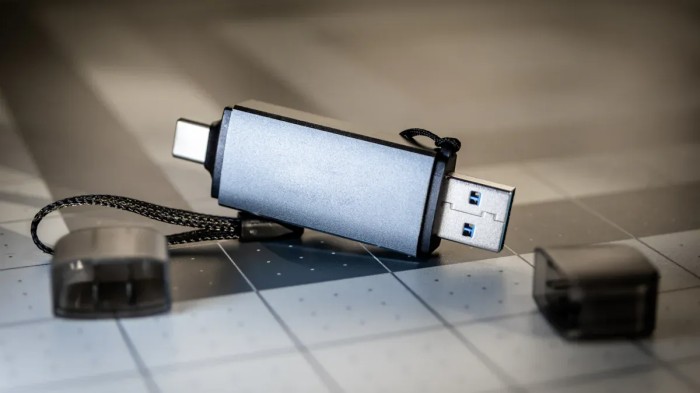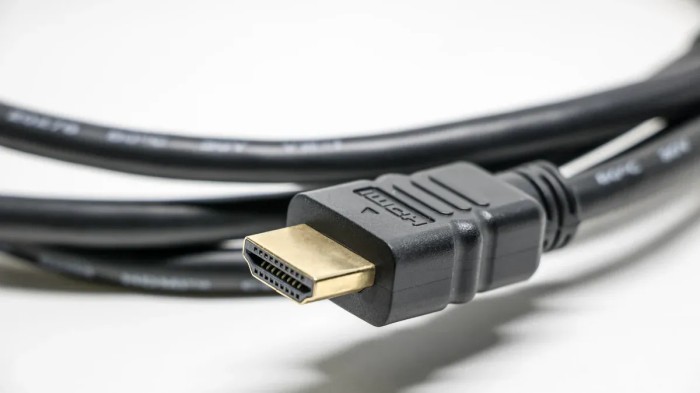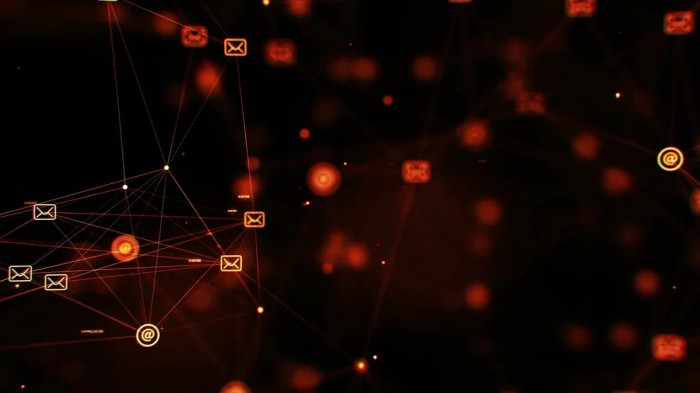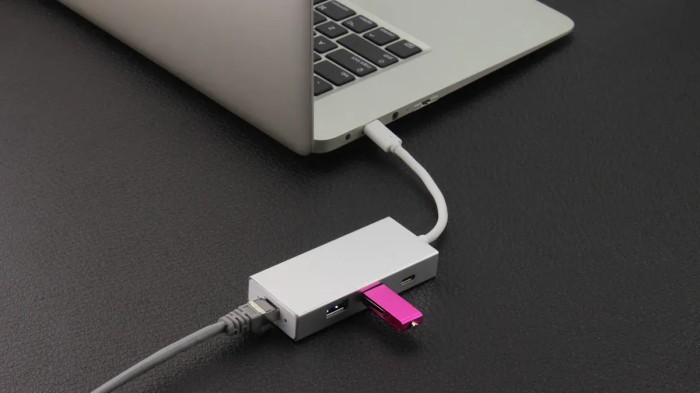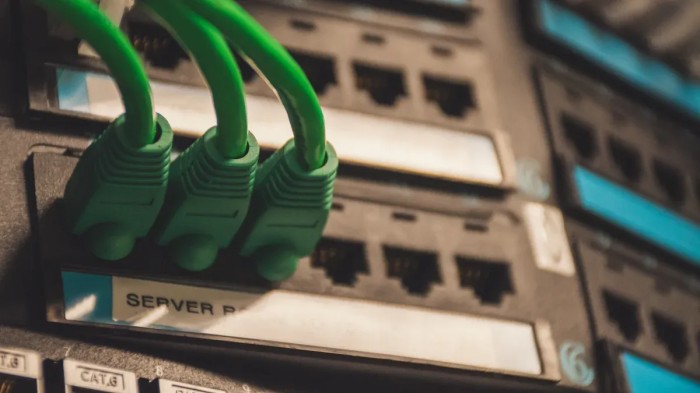PCIE3.0 High Speed Cable revolutionizes how data moves in computers. These cables provide strong connections and fast speeds for demanding tasks. They can transfer data at 1GB/s per lane, which is significantly faster than older cables. Their intelligent design minimizes signal loss and delays, making them ideal for high-performance systems. If you seek quicker processing or stable connections, PCIE3.0 High Speed Cables enhance your setup and optimize your computer’s performance.
Key Takeaways
- PCIE3.0 cables move data fast at 1GB/s per lane. This makes tasks like gaming and video editing quicker.
- These cables use silver-coated copper wires to keep signals strong. This lowers errors and makes them work reliably.
- PCIE3.0 cables have low delay, so systems respond faster. This is great for gaming and live streaming.
- They can also work with older devices, making upgrades simple and cheaper.
- Strong materials and heat-proof layers make these cables last long, even with heavy use.
Key Features of PCIE3.0 High-Speed Cables
High Bandwidth Capacity for Demanding Applications
PCIE3.0 cables provide high bandwidth for tough tasks. They are great for big data or heavy jobs like gaming or video editing. These cables move data fast, avoiding slowdowns. They work well with modern tech like NVMe storage, which needs quick data transfers to perform its best.
Using PCIE3.0 cables keeps data moving smoothly, even with heavy use. This makes them a good pick for people who need steady and strong performance.
Superior Signal Integrity for Reliable Performance
Good signal quality is key for smooth data transfers. PCIE3.0 cables are built to keep signals strong. Silver-plated copper wires reduce signal loss. Special insulation materials keep the cables stable under heat. These features help keep signals clear, even at high speeds.
With strong signals, there are fewer errors or interruptions. This is important for tasks needing accuracy, like science projects or financial work. PCIE3.0 cables ensure your data moves correctly and quickly.
Reduced Latency for High-Speed Signal Transmission
Latency means delay in sending data. Lower latency makes data move faster. PCIE3.0 cables are made to cut down on delays. This is helpful when sending small data packets, making systems work faster.
Figure 9 shows how latency changes with packet size. PIO has lower latency for small packets than DMA.
The table below shows latency differences by packet size:
| Packet Size (bytes) | PIO Latency (μs) | DMA Latency (μs) |
|---|---|---|
| 64 | Low | Higher |
| 1536 | Moderate | Stable |
| 9600 | High | Higher |
Lower latency means faster system responses. Whether gaming, streaming, or working, PCIE3.0 cables reduce delays. They make your computer faster and more efficient.
Works with Older PCIE Versions
One helpful feature of PCIE3.0 cables is backward compatibility. This means they can work with both new and old PCIE versions. You can use newer devices in older slots or older devices in newer slots without problems. For instance, if your motherboard supports PCIE3.0 but your graphics card uses PCIE2.0, they will still work together. This makes PCIE3.0 cables a good choice for upgrading systems step by step.
Each PCIe version is made to work with earlier ones. PCIE3.0 supports the speeds of 2.5 GTps and 5 GTps from PCIE1.x and PCIE2.x. It also adds a faster speed of 8 GTps. This lets older devices still work well with PCIE3.0 connections. While performance matches the older version, the connection stays smooth and reliable.
This feature is great when upgrading to faster storage or other parts. You don’t need to replace your whole system to use PCIE3.0. Instead, you can upgrade one part at a time, saving money and effort. It also keeps PCIE3.0 cables useful for years as technology changes.
By picking PCIE3.0 cables, you can connect old and new tech easily. This makes system upgrades simpler and keeps your hardware useful longer. Whether you game, work, or browse, this feature keeps your system ready for the future.
Technical Mechanisms Behind PCIE3.0 High-Speed Cables
Smart Cable Design for Better Data Transfers
PCIE3.0 cables are designed to make data move faster. Their smart engineering helps create strong and steady connections. The inside of the cables is built to stop signal problems. This keeps data flowing smoothly, even in busy computer systems.
Some cables use optical links instead of copper wires. Optical links send data farther with less signal loss. They also cut down delays and use less energy, which helps big data centers. These cables share resources better and save space by needing fewer extra parts. This clever design makes your computer work at its best.
Silver-Coated Copper Wires for Strong Signals
The wires inside a cable decide how well signals travel. PCIE3.0 cables use copper wires coated with silver for better performance. Silver is great at carrying electricity, and copper adds strength. Together, they keep signals clear and fast.
These wires help your computer send data without slowing down. They are perfect for jobs needing accuracy, like making videos or science projects. Silver-coated copper wires make sure your data moves quickly and reliably.
Special Insulation for Heat Protection
The outside layer of a cable keeps it safe and working well. PCIE3.0 cables use FEP and PP materials for insulation. FEP resists heat and chemicals, while PP adds flexibility and toughness.
This insulation stops heat and wear from hurting the cables. It also blocks signal problems, keeping data transfers smooth. Whether you’re gaming or running servers, this insulation keeps cables working over time. With FEP and PP, PCIE3.0 cables stay strong in tough conditions.
Shielding Techniques to Reduce Signal Problems
Shielding helps keep signals clear during fast data transfers. Electromagnetic interference (EMI) can mess up signals, causing slow or unreliable data. PCIE3.0 cables use special shielding to block EMI and keep connections steady.
How Shielding Works in PCIE3.0 Cables
Shielding adds a protective layer around the cable’s wires. This layer blocks outside electromagnetic waves from disturbing the signals inside. It also stops signals from leaking out and affecting other devices. By cutting interference, shielding keeps data moving quickly and correctly.
PCIE3.0 cables use materials like aluminum foil or braided copper for shielding. These materials block or absorb electromagnetic waves, keeping signals clean and steady. This design helps your computer work well, even in places with lots of EMI.
Testing Shielding Strength
How do makers check if shielding works? Engineers test cables using special methods to measure signal loss. These tests copy real-world conditions to ensure cables work properly. Below is a table showing some testing methods:
| Testing Method | What It Does |
|---|---|
| Mode-Stirred Method | Tests full cable shielding as per IEC 61000-4-21. |
| Reverberation Chamber | Copies real electromagnetic environments for better testing. |
| Calibration Standards | Uses top-quality cables to check test accuracy. |
These tests help improve shielding designs and make sure cables meet high standards.
Why Shielding Helps You
Good shielding makes PCIE3.0 cables work well in tough conditions. Whether gaming, editing, or running servers, shielding keeps data flowing smoothly. It also protects devices from nearby electronic interference. With strong shielding, your system can handle fast tasks without problems.
Choosing PCIE3.0 cables with good shielding gives you reliable performance. This feature improves your computer’s speed and keeps it working well under heavy use.
Practical Benefits for Users
Faster Data Processing for High-Performance Tasks
PCIE3.0 high speed cable makes data processing much faster. It works well for big files, video editing, or gaming. This cable ensures smooth and quick performance. Its high bandwidth supports modern storage like NVMe drives and SSDs. Your system can handle tough tasks without slowing down.
With this cable, your computer transfers data super fast. Tasks like loading apps or moving files take less time. This saves you time and makes your computer experience better.
Tip: Use PCIE3.0 cables with NVMe drives for top performance.
Better System Speed and Stability
A fast system is important for daily computer use. PCIE3.0 cables make your system respond faster to commands. Even with heavy tasks, the cable keeps your system stable. Its smart design reduces delays and improves performance.
You’ll have fewer problems and smoother task switching. This makes PCIE3.0 cables great for gamers and workers needing steady performance.
Works with New and Old Devices
PCIE3.0 cables work with both new and old devices. You can connect NVMe drives, SSDs, and other fast parts easily. These cables also support older devices, making upgrades simple.
This feature lets you add new tech to your setup without issues. Whether upgrading storage or adding gadgets, PCIE3.0 cables make it easy. They also help your hardware last longer.
Strong Build for Reliable High-Speed Data Transfer
Durability is important for fast and steady data transfer. PCIE3.0 high-speed cables are made to handle tough computer tasks. Their strong design keeps them working well, even with constant use.
Features That Make Them Durable
- High-Quality Materials: Silver-coated copper wires improve signal flow and last longer. They resist damage, even during heavy use.
- Heat-Resistant Insulation: FEP and PP insulation protect cables from heat. These materials keep cables safe in hot conditions.
- Extra Shielding: Special shielding blocks outside interference and protects the wires. This makes the cables stronger and more reliable.
Note: These features make PCIE3.0 cables perfect for nonstop tasks like running servers or editing videos.
Why Strong Cables Help You
Durable cables save money and time. You won’t need to replace them often. This reduces breaks and repair costs. Whether gaming or working, strong cables keep your system running smoothly.
PCIE3.0 cables are built for long-term, high-speed use. They stay reliable as your computer needs grow. Choosing these cables means better performance and lasting value.
Comparison to Other Standards
PCIE3.0 vs. PCIE2.0: Key Performance Upgrades
PCIE3.0 is much better than PCIE2.0 for modern needs. It gives faster speeds and works more efficiently. Here’s how they differ:
- Bandwidth: PCIE3.0 has twice the bandwidth of PCIE2.0. This helps with smoother performance during heavy tasks.
- Transfer Rate: PCIE3.0 reaches 8 GT/s, moving 985 MB/s per lane. PCIE2.0 only reaches 5 GT/s.
- Encoding Efficiency: PCIE3.0 uses 128b/130b encoding, wasting less bandwidth. Only 1.54% is lost, so more data moves faster.
- Data Protection: PCIE3.0 improves clock recovery and protects data better. This makes it more reliable for important tasks.
These upgrades make PCIE3.0 faster, more efficient, and dependable.
Advantages Over Generic Cables in High-Speed Signal Transmission
Generic cables don’t handle fast data well. PCIE3.0 cables are made for top performance. Here’s why they’re better:
- Signal Integrity: PCIE3.0 cables use silver-coated copper wires to keep signals strong. Generic cables don’t have this, so signals weaken.
- Thermal Stability: PCIE3.0 cables use FEP and PP insulation to resist heat. Generic cables wear out faster in hot conditions.
- Shielding: PCIE3.0 cables block electromagnetic interference (EMI) with advanced shielding. Generic cables struggle in areas with high EMI.
Choosing PCIE3.0 cables means faster and more reliable data transfers.
Cost-Effectiveness Compared to PCIE4.0 Standards
PCIE4.0 is faster but costs more. PCIE3.0 is a cheaper option with great performance. Here’s a quick comparison:
| Feature | PCIE3.0 | PCIE4.0 |
|---|---|---|
| Bandwidth | 8 GT/s | 16 GT/s |
| Encoding Efficiency | 128b/130b | 128b/130b |
| Cost | Affordable for most users | Higher due to advanced tech |
For gaming, editing, or servers, PCIE3.0 is fast enough. It’s a smart pick if you want good performance without spending too much.
Tip: Only upgrade to PCIE4.0 if you need extreme speeds for special tasks. Otherwise, PCIE3.0 is the best value.
PCIE3.0 high-speed cable changes how data moves in computers. It offers fast speeds for tough tasks like gaming or editing. Strong materials, like silver-coated wires, make it last longer. Special insulation keeps it safe and reliable during heavy use. These cables cut delays and keep signals clear for smooth performance. Using PCIE3.0 cables helps your system stay updated and work well for years.
FAQ
What makes PCIE3.0 cables faster than older versions?
PCIE3.0 cables use better encoding and silver-coated copper wires. These features help signals stay strong and data move faster. They can transfer up to 8 GT/s per lane, which is twice as fast as PCIE2.0.
Can PCIE3.0 cables work with older devices?
Yes, PCIE3.0 cables work with older PCIE versions like 1.x and 2.x. You can connect older devices without losing speed or performance.
Are PCIE3.0 cables good for gaming?
Yes! PCIE3.0 cables make gaming better by cutting delays and speeding up your system. They help graphics cards and NVMe drives work smoothly for a great gaming experience.
How strong are PCIE3.0 cables?
PCIE3.0 cables are made to last a long time. They have heat-resistant covers and strong shielding to protect them from damage. This keeps them working well even with heavy use.
Why pick PCIE3.0 instead of PCIE4.0?
PCIE3.0 gives great performance at a lower price. It’s perfect for gaming, editing, and daily tasks. PCIE4.0 is faster but costs more, so PCIE3.0 is a better choice for most users.
Post time: May-08-2025

